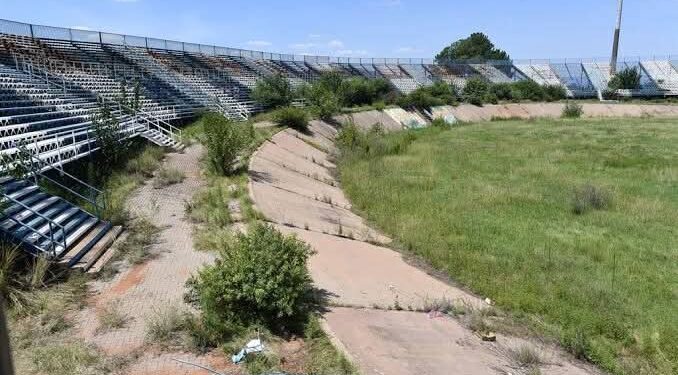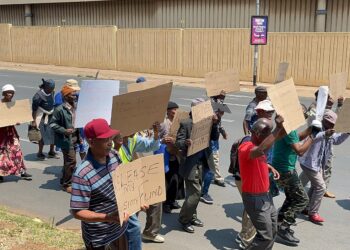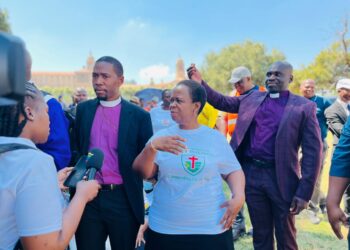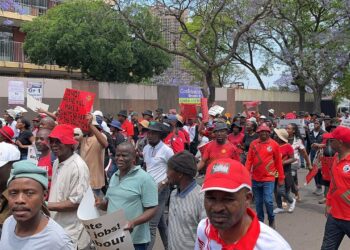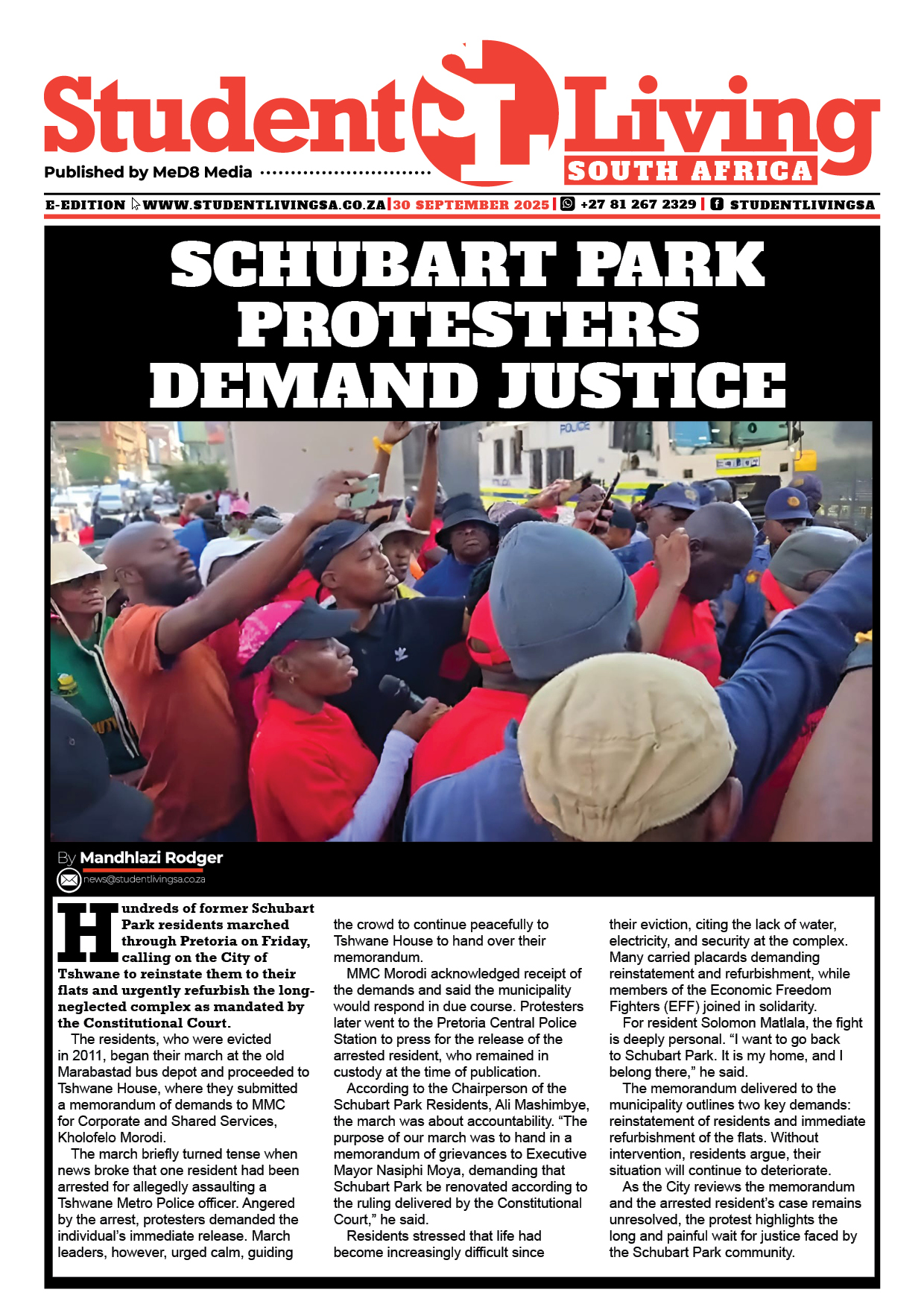By Zanele Makola
Once a proud symbol of sporting unity in Pretoria’s township of Mamelodi, the HM Pitje Stadium has now become a cautionary tale of mismanagement, squandered resources, and broken promises.
Named after struggle stalwart Hezekiel Mothibe Pitje, the stadium was more than just a venue—it was a community landmark and the original home of Mamelodi Sundowns, one of South Africa’s most decorated football clubs. With a capacity of 25,000 and a lush grass pitch, it had the potential to not only host major sporting events but to unite and uplift the people of Mamelodi through sport.
Yet today, the site at 113 Kubone Drive lies in ruin, having suffered years of neglect, poor planning, and lack of sustained vision.
The decline of HM Pitje began in the early 2000s, with significant deterioration setting in by 2005. In a bid to restore the facility, the City of Tshwane invested approximately R140 million in a 2009 upgrade. The intention was to modernise the stadium to meet both South African Football Association (SAFA) and FIFA standards.
Despite the hefty investment, the stadium remained under-utilised. No major matches or regular events were hosted post-renovation. Instead, it stood idle—earning the derisive nickname “white elephant”—as maintenance faltered and management failed to provide strategic direction.
Several reasons were cited for the stadium’s decline, including inadequate access routes and insufficient parking facilities. These logistical hurdles made it unsuitable for high-attendance events. Meanwhile, Mamelodi Sundowns had already moved to larger venues like Loftus Versfeld, effectively abandoning their original home ground.
Critics say the heart of the problem was a lack of long-term planning and accountability from the City of Tshwane. The absence of a viable operational strategy after the 2009 revamp raised red flags about how public funds were being used—and wasted.
In February 2024, the Gauteng provincial government announced that HM Pitje Stadium would be demolished due to irreparable structural damage. The cost of demolition was pegged between R84 and R87 million—a figure that sparked public outrage given the R140 million spent on renovations just 15 years prior.
“We as a community do not approve of the amount that’s been discussed to renew the stadium,” said Immelda Mokoba, a local community leader. “We appreciate the stadium, but our community is facing a lot of economic problems that are our priority at this moment. Let that money be redirected to shelter for our needs as a community.”
Despite the discontent, plans are now underway to construct a new, state-of-the-art facility on the same site. The proposed stadium would seat 30,000 with space for an additional 15,000 standing spectators. It’s envisioned as a world-class venue that exceeds FIFA and SAFA standards—one that could bring Mamelodi Sundowns back to their roots and reinvigorate community pride.
On social media platform X, fans have expressed excitement, calling for the stadium to become “The Brazilians’” official home once more.
But optimism is tempered by deep scepticism.
The reconstruction remains in the planning stages, with no confirmed timeline or budget. While the City of Tshwane has promised transparency and community consultation, residents remain wary of another cycle of broken promises.
“At this point, we stand by hope that promises will turn into reality,” said Sam Sibiya, a lifelong Mamelodi resident. “There are a couple of unfinished projects in Mamelodi that were promised years ago. Some are still in the same state. I really hope the stadium is fixed—we need something to be proud of.”
For now, the grounds of the former HM Pitje Stadium are silent—a hollow reminder of unfulfilled potential and wasted opportunity. The community waits, watches, and wonders whether the legacy of Hezekiel Mothibe Pitje will be honoured, not just in name but in purpose.
Whether the new stadium becomes a beacon of hope or another monument to mismanagement depends entirely on the will of those in power to listen, act, and be held accountable.


